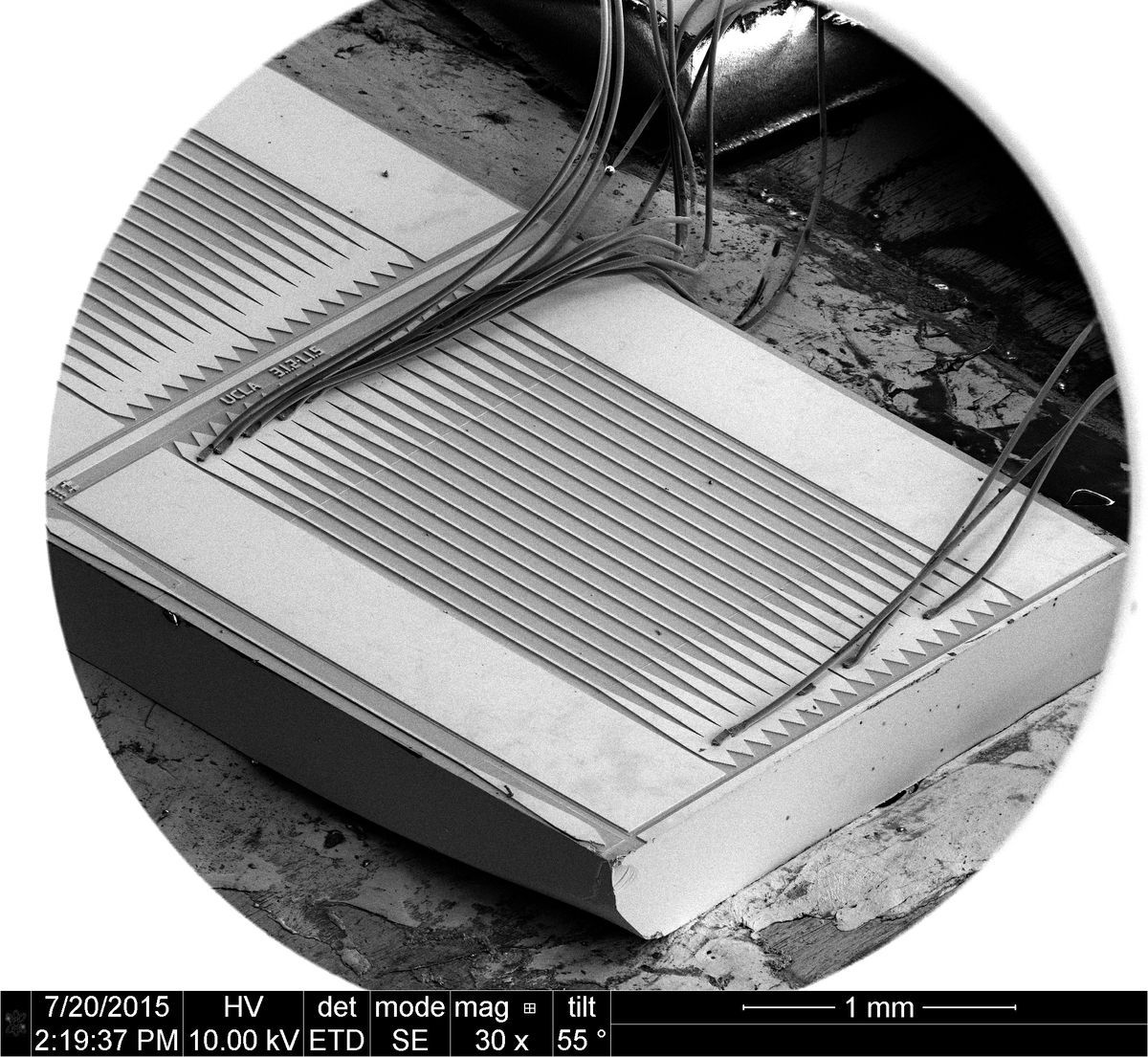Dec 25, 2015
GeekWire Radio: Alan Boyle’s guide to the year in space, and what’s next for the universe in 2016
Posted by Klaus Baldauf in category: space
This week on the GeekWire radio show and podcast, we’re joined by Alan Boyle, GeekWire’s aerospace and science editor, who catches us up on the biggest news from space this year, literally putting the universe in perspective. We also look ahead to 2016 and bring things closer to Earth with an explanation of the FAA’s new registration requirements for that recreational drone under your tree for the holidays.
Listen to an extended version of the show below, and continue reading for an edited transcript. Download the MP3 here. And if you love space and science news, be sure to sign up for GeekWire’s weekly Space & Science newsletter, featuring Alan’s coverage.


















